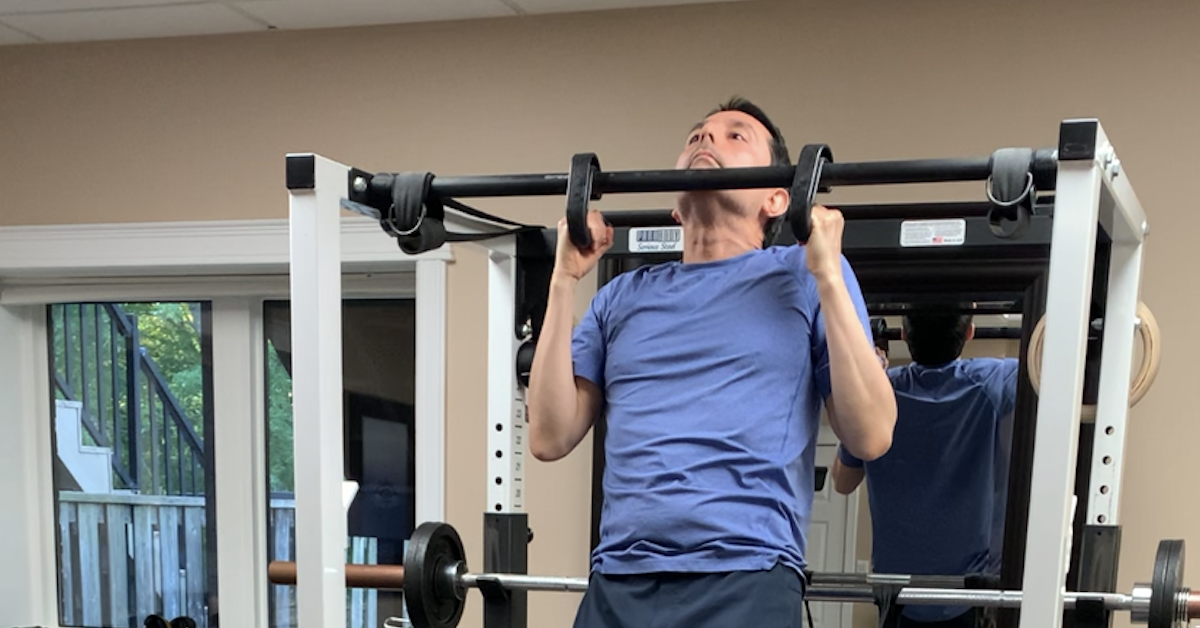Dutch exercise physiologist Dr. Jan Voss was one of the early researchers of muscle fiber types. As part of his research, Voss performed numerous muscle biopsies on himself and observed that the color of his gastrocnemius muscle tissue would change from week to week. Sometimes, there was a predominance of red (slow-twitch) fibers; other times, white (fast-twitch) fibers dominated. Voss even believed these changes could occur daily—or even hourly—depending on factors like temperature, metabolic activity, and more. (Source: Iron Man Magazine – May 1, 2003)
The apparent takeaway? You shouldn’t overemphasize muscle fiber type in training—your body will adapt to whatever stress or demand you impose on it.
However, Dr. Thomas Pipes offers a different perspective. In his article “Strength Training and Fiber Types” (published in the March 1994 issue of Scholastic Coach), Pipes asserts:
Effective strength training must take into account the athlete’s muscle fiber distribution.
According to Pipes, athletes with a high percentage of slow-twitch fibers should perform higher repetitions and train more frequently, while those with predominantly fast-twitch fibers should train with lower reps and less frequency. He warns, “Failing to act on this information may only cause a lack of achievement. It’s also possible that the strength-training program you are using may be worse for the athlete than no training at all.”
In The Elite Trainer, I expand on this concept and introduce two novel, non-invasive methods for determining muscle fiber type composition—one refining the original Pipes approach, and the other using electronic muscle stimulation (a technique taught to me by soft-tissue specialist Dr. Mark Lindsay) to map muscle fiber distribution across the body. Check out pages 27-33 of the book—you’ll find the information useful.

The Elite Trainer: Strength Training for the Serious Professional
The Elite Trainer is the go-to resource for strength coaches, personal trainers, and serious lifters who want to master program design. Covering everything from sets and reps to tempo, rest, and periodization, this book gives you the tools to create individualized programs that deliver results. Packed with proven methods, expert insights, and over 100 exercise illustrations, it’s a must-have reference for anyone serious about strength training.

From Zero to Two: Leo’s Chin-Up Breakthrough
When Leo began training with me in September 2024, our first goal was to improve body composition — lose fat,

Resistance Training Foundations: How to Progress Safely and Build Real Strength
Resistance training isn’t just for bodybuilders. Whether you’re just starting out, returning after a break, or training for performance, knowing

Neck Extensions Before Arm Curls: Unlock More Strength
When most people warm up for arm curls, they’ll hit a few light sets or maybe stretch out a bit.
follow
Error: No feed with the ID 2 found.
Please go to the Instagram Feed settings page to create a feed.
